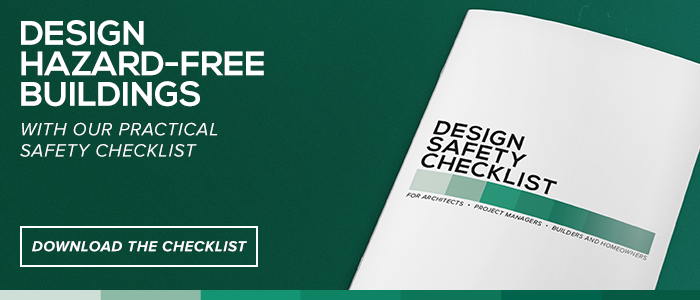Imagine you’re preparing for a major client presentation tomorrow and you know you’ve got a late, caffeine-fuelled night ahead.
Burning the midnight oil can be inevitable to meet tight deadlines but effective time management can minimise the long hours and stress. If you’re juggling multiple projects and feeling the strain it could be time to look at new architectural project management software and strategies to add to your toolkit.
As famed Finnish architect Alvar Aalto once said: “Just as it takes time for a speck of fish spawn to develop into a fully grown fish, so, too, we need time for everything that develops and crystallises in the world of ideas. Architecture demands more of this time than other creative work.”
Effective time management for architects is difficult, but you’ll find that even a few changes will make a world of difference. Here are four key ideas for improving time management for architects.
1. Make the most of tech
There are lots of tech-tricks you can add to your repertoire to save time. Modelo has some great features designed specifically for architects that save time on creating walkthroughs, improving render speed and communicating with colleagues.
Project management software is an essential, but finding the program that works best for you may be difficult. There are plenty of general systems on offer such as Basecamp, Trello and Slack, as well as those designed specifically for architects. Explore all the options available and ask colleagues for advice until you find the program that best suits the size of your practice and type of work you do.
2. Limit distractions
As with any work that requires creative thinking, you need to allocate time without disturbances so you can concentrate for stretches of time and get ‘in the flow’.
- Mute email, social media and phone notifications;scheduling specific times each day to check all your messages.
- Use the message filters to file incoming emails into different folders, so you can deal with them in order of urgency and importance.
- Some people find music helpful for creative concentration. If you’re one of these people, choose music that aids your ability to focus and create a playlist you can listen to using headphones so you don’t distract others in your workspace.
3. Create a work-life balance
This is easier said than done but well worth working on. If you burn out you’re not doing any good for yourself, your colleagues, your clients or your family. Don’t allow work to take over your waking life and disturb your sleep as well. Make time for activities you enjoy – even if you have to force yourself.
Would taking up yoga or meditation help? Would an active sport be the right outlet you need? Whatever you decide would work best for you, set time aside for it every week and stick to your planned break or relaxing activity ruthlessly.
At work, don’t sit glued to your desk chair all day. Get up regularly and take a proper lunch break (out of the office!) whenever you can.
4. Effectively manage architectural projects
When working on multiple projects try to avoid jumping back and forth between them by tackling related tasks in batches. This way you’ll ensure you’re focussing on similar areas of each project at the same time.
Keeping a time log or using a timesheet when planning can minimise time wastage and help you allocate adequate time to tasks. Remember to focus on results, not the work itself. Spending more hours on a project does not necessarily equal better results.
Create and save email, spreadsheet and other templates to maximise your efficiency. These will help by refining processes and saving time. Also get into the habit of using checklists for each stage of a project. Checklists are handy as they offer a quick way to ensure all areas of your project are adhering to guidelines.
Some project management software includes the ability to create checklists and to-do lists. Make sure you have a file of checklists on hand you can use for each project, from a list of questions to ask clients to a list of OH&S requirements to consider in design.
Click on the image below to download a list of safety hazards architects should consider when designing buildings. It’s a handy resource for quickly identifying simple, non-invasive ways to prevent any OH&S risks a design poses.

To find out more about Latham products, please visit www.latham-australia.com. To talk to a Latham product expert, call 1300 LATHAM (528 426) or email sales@latham-australia.com.


